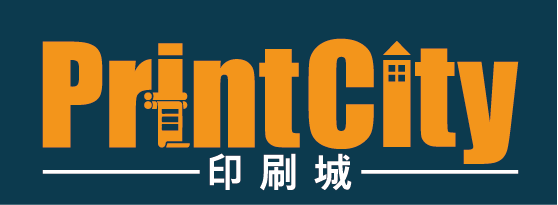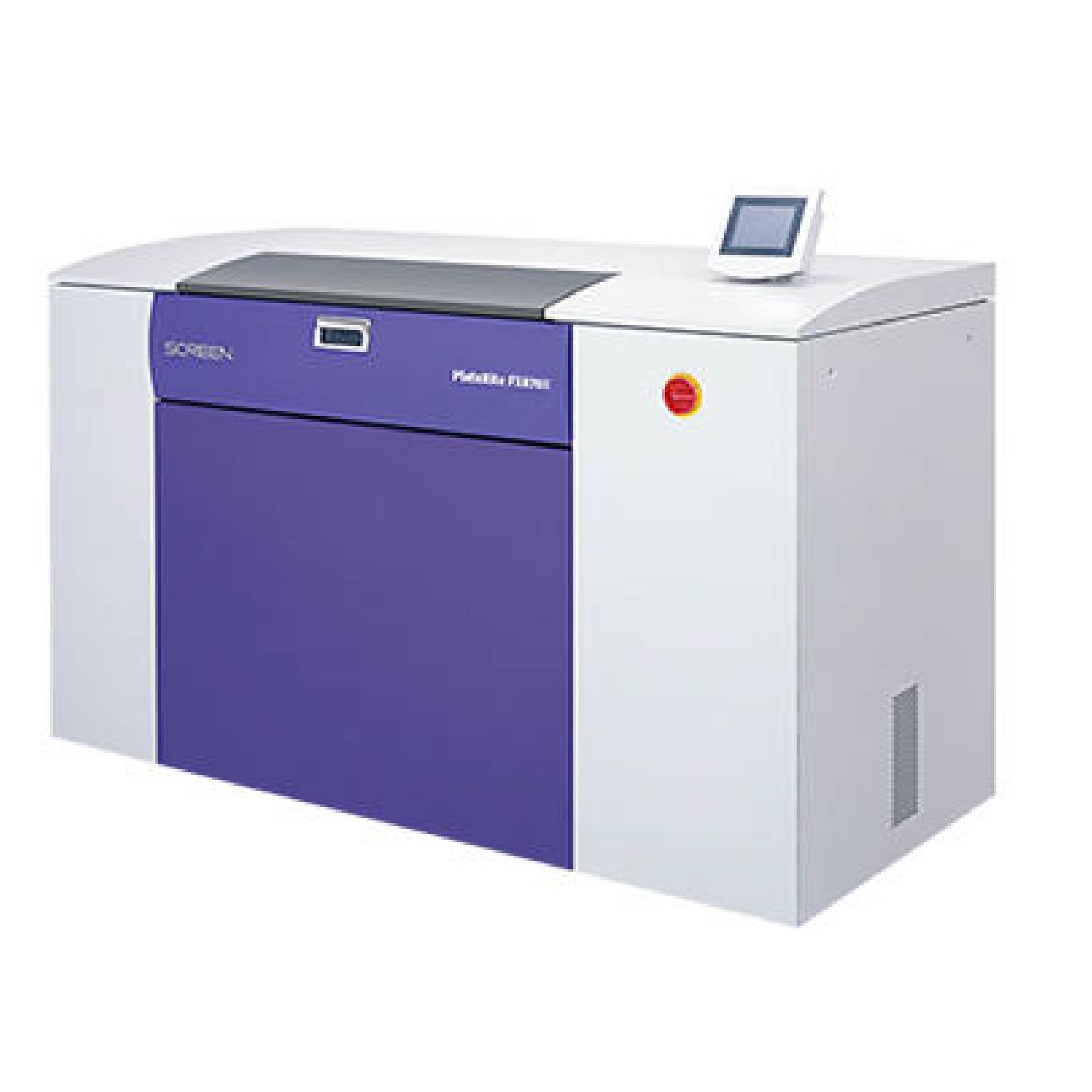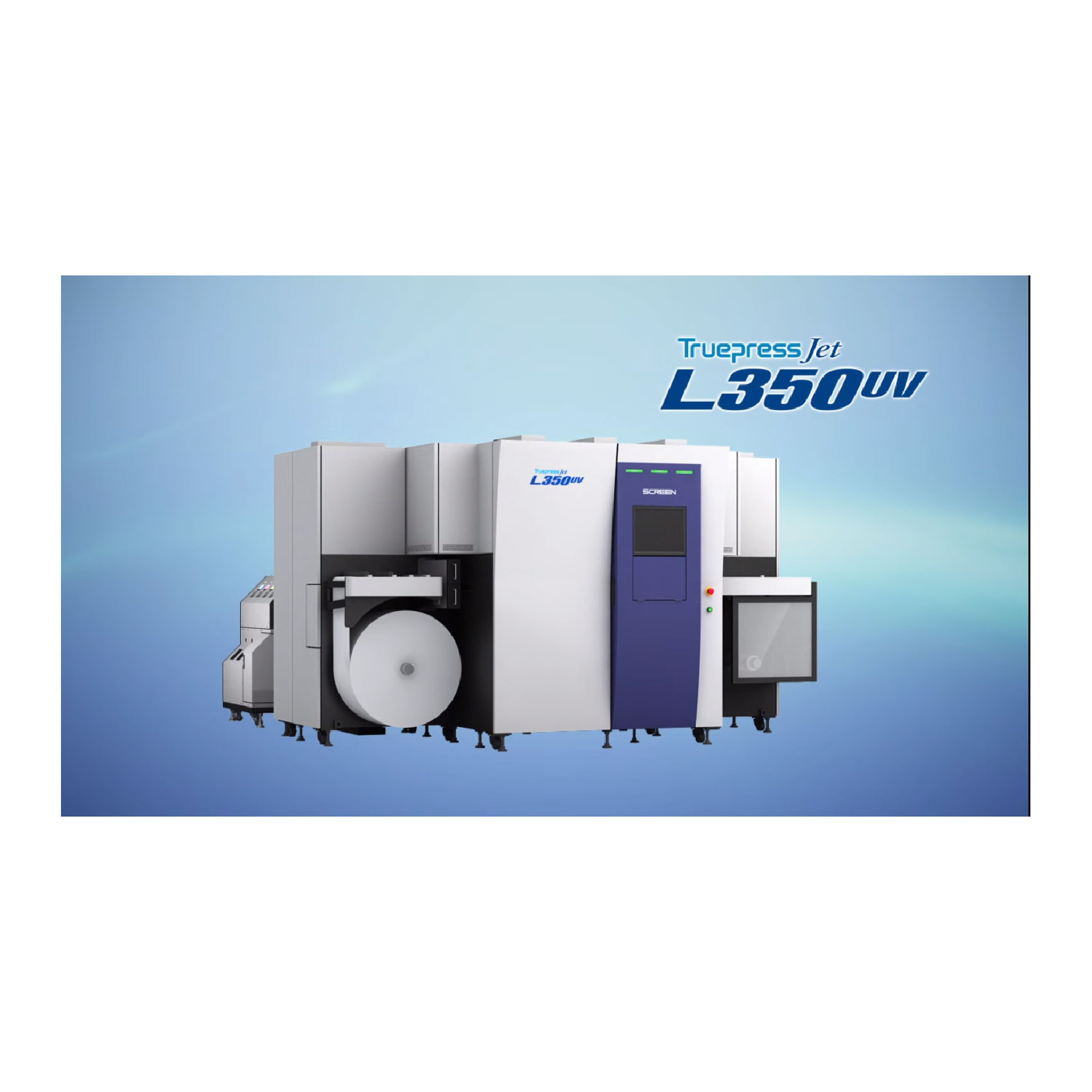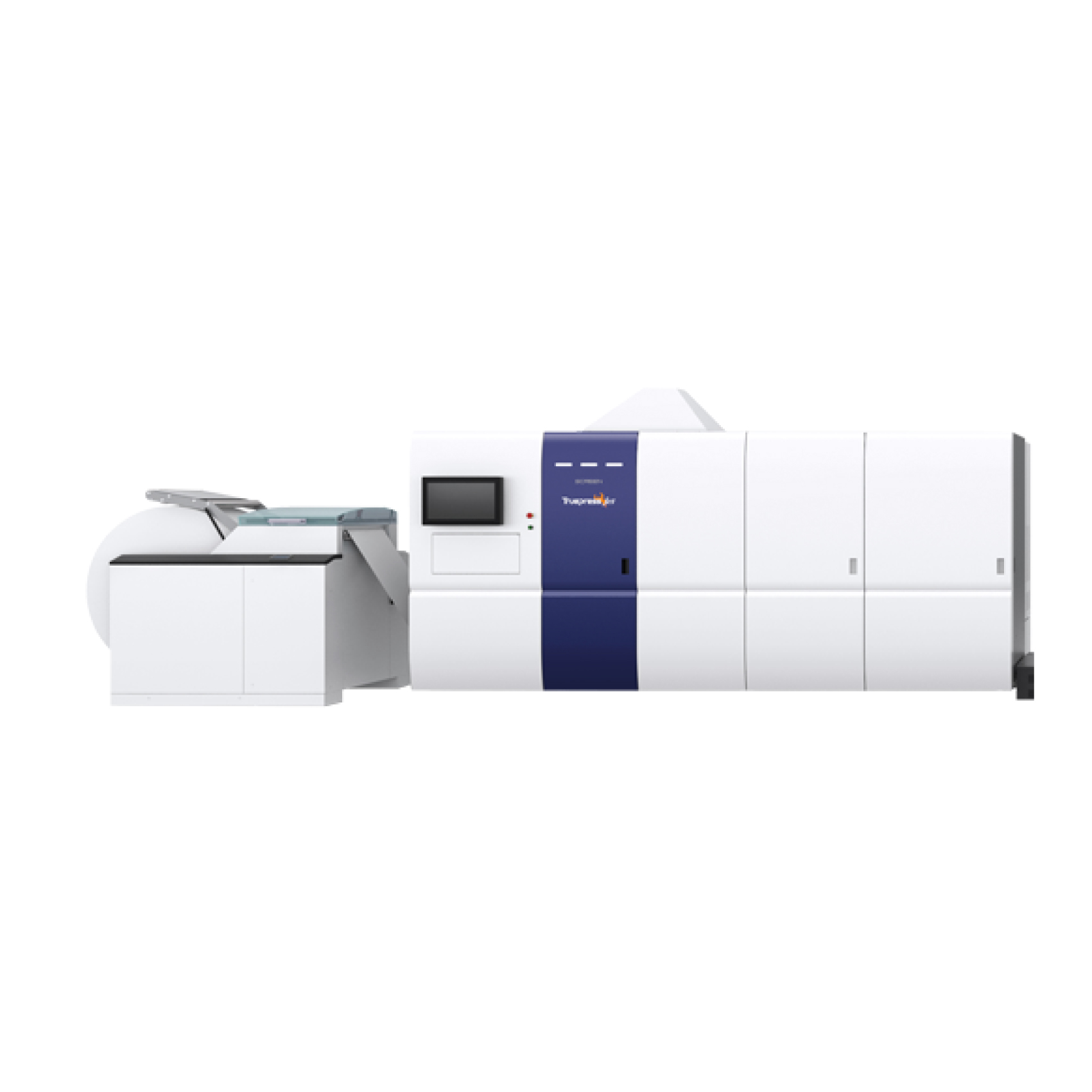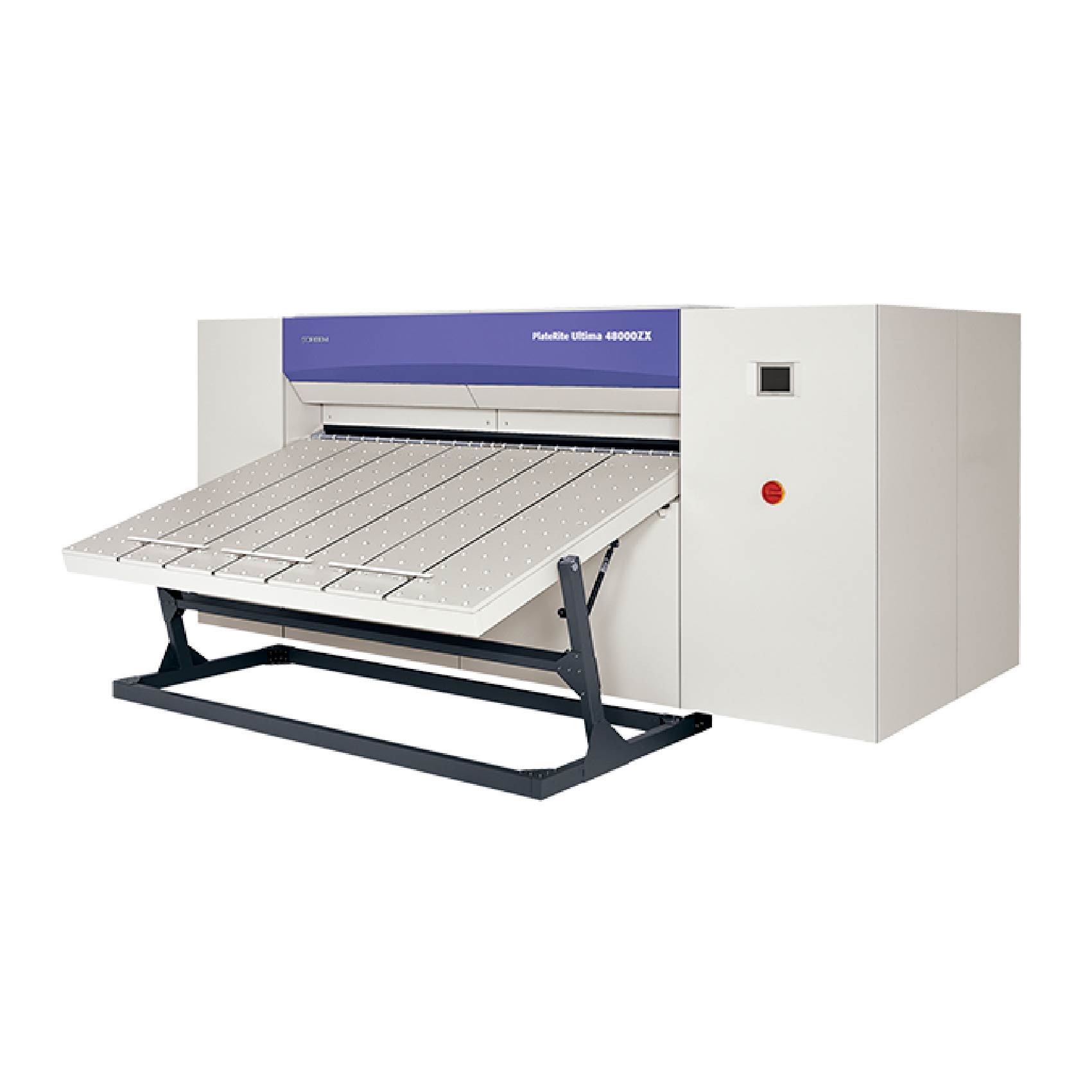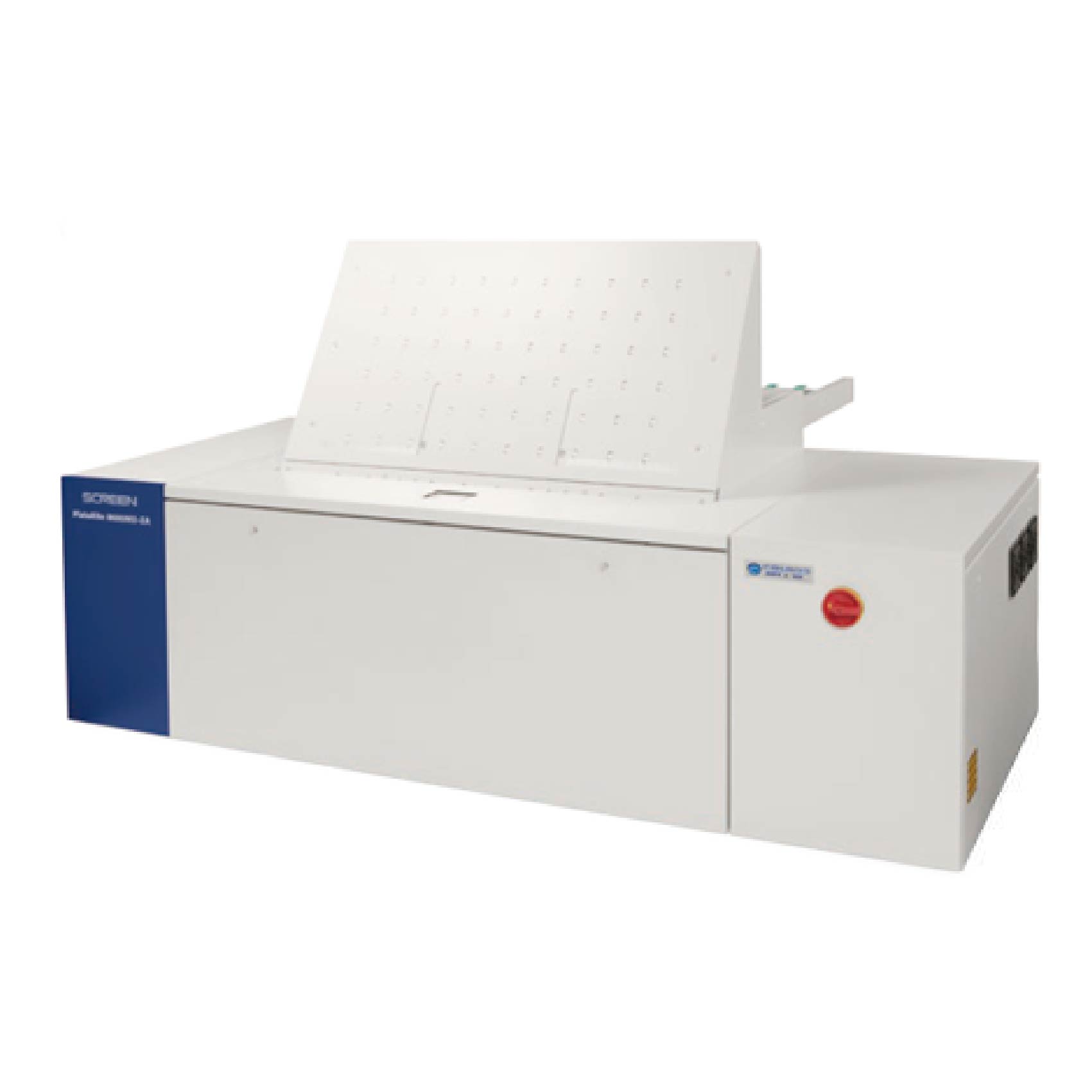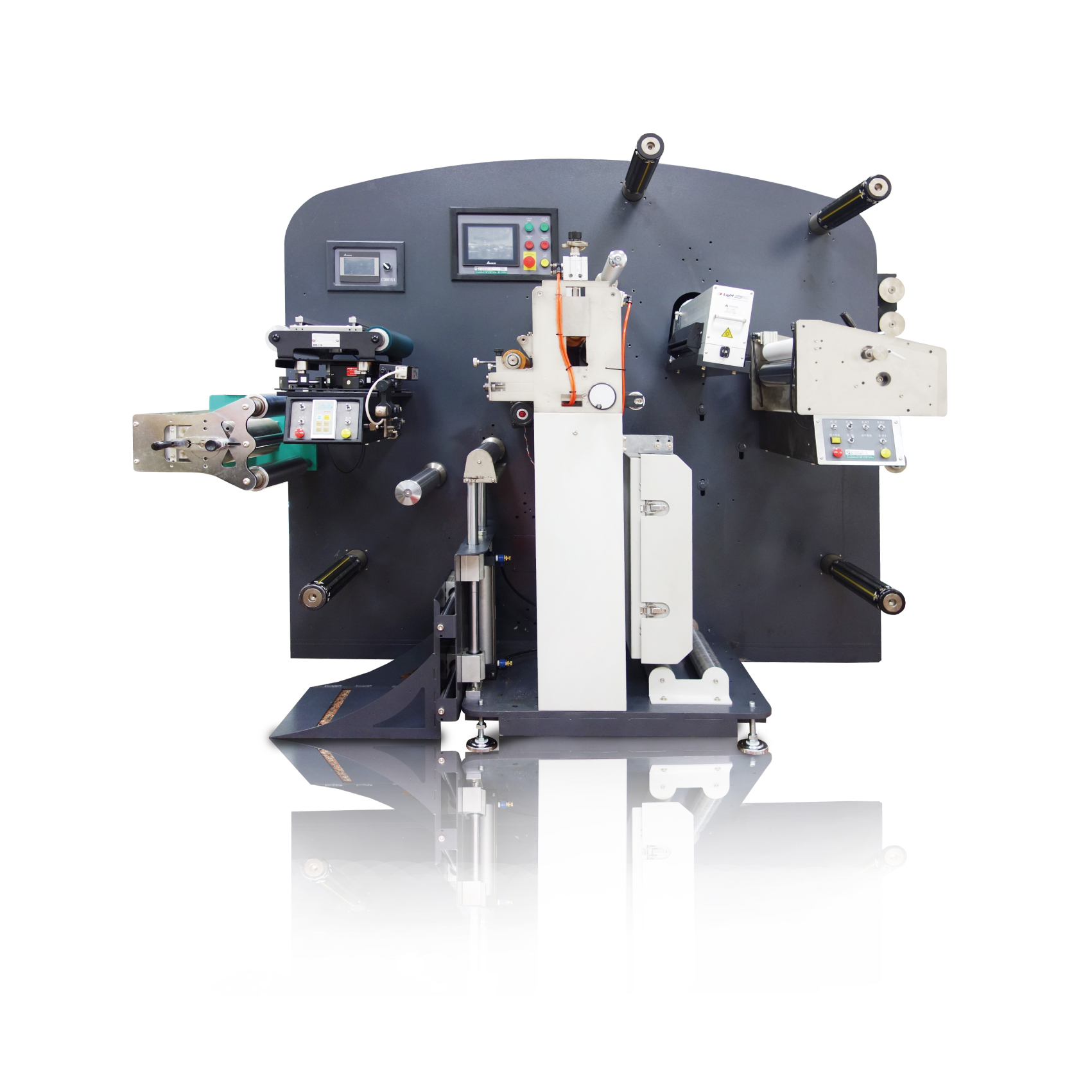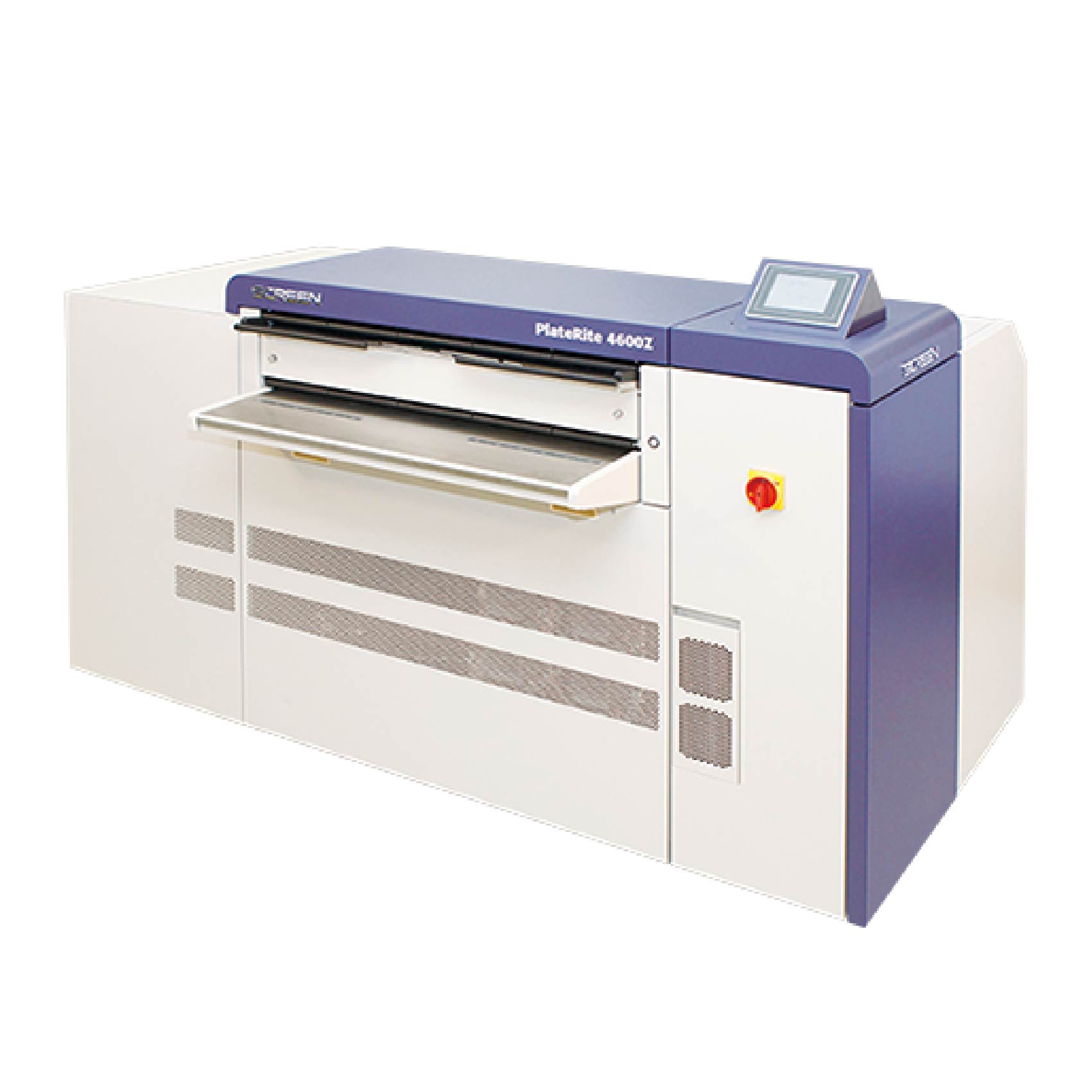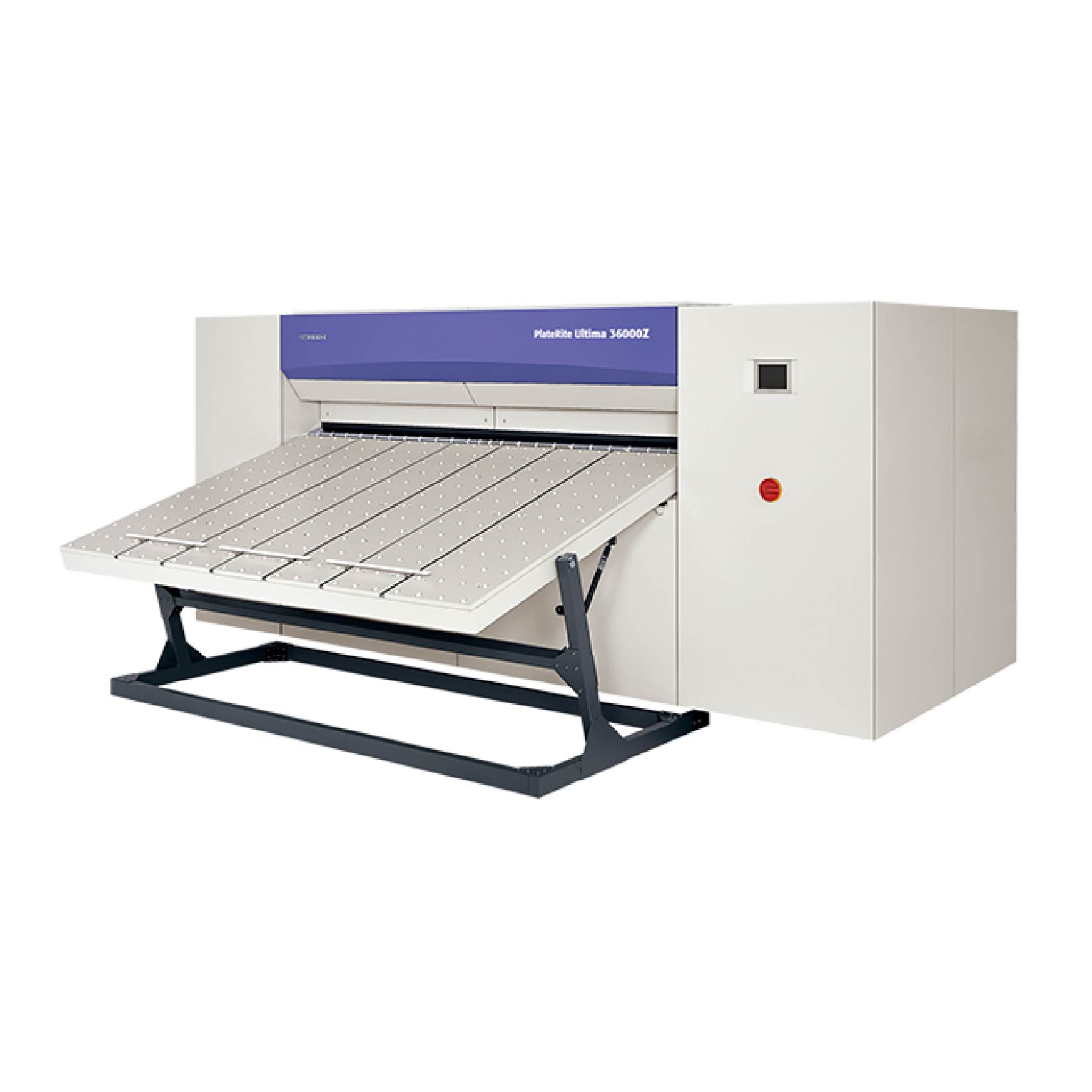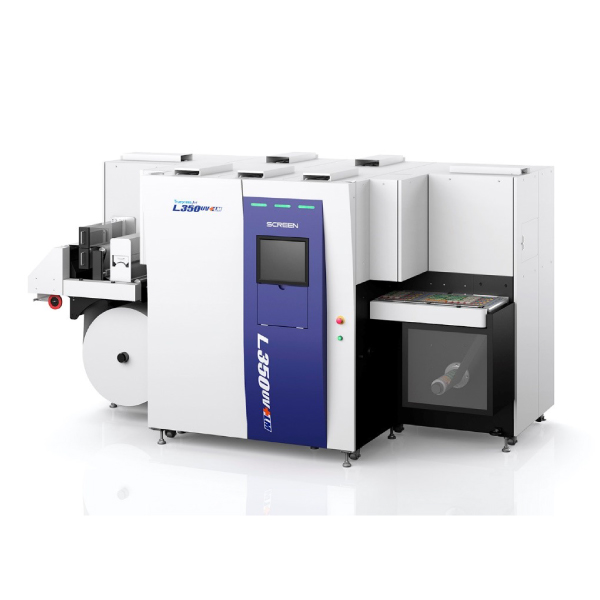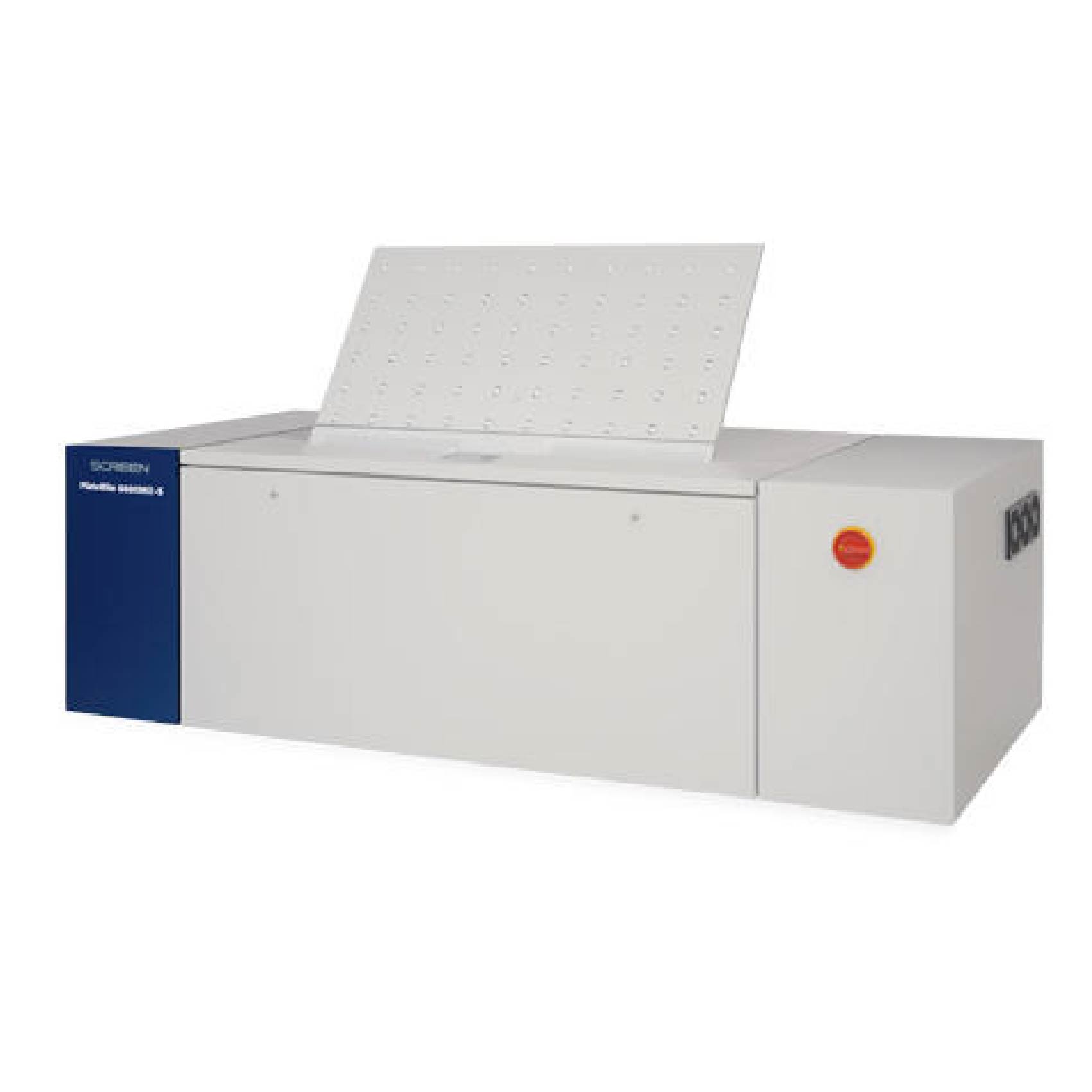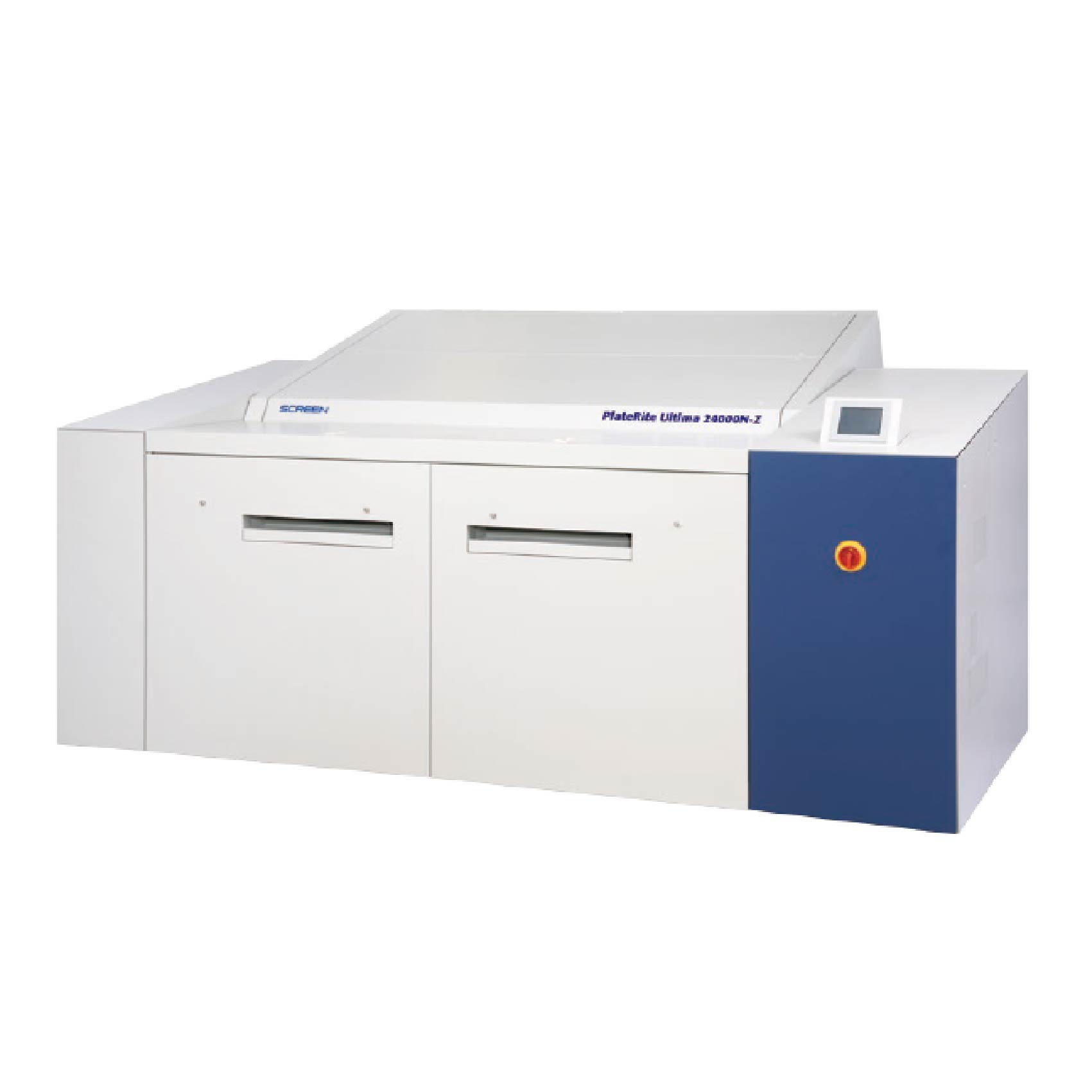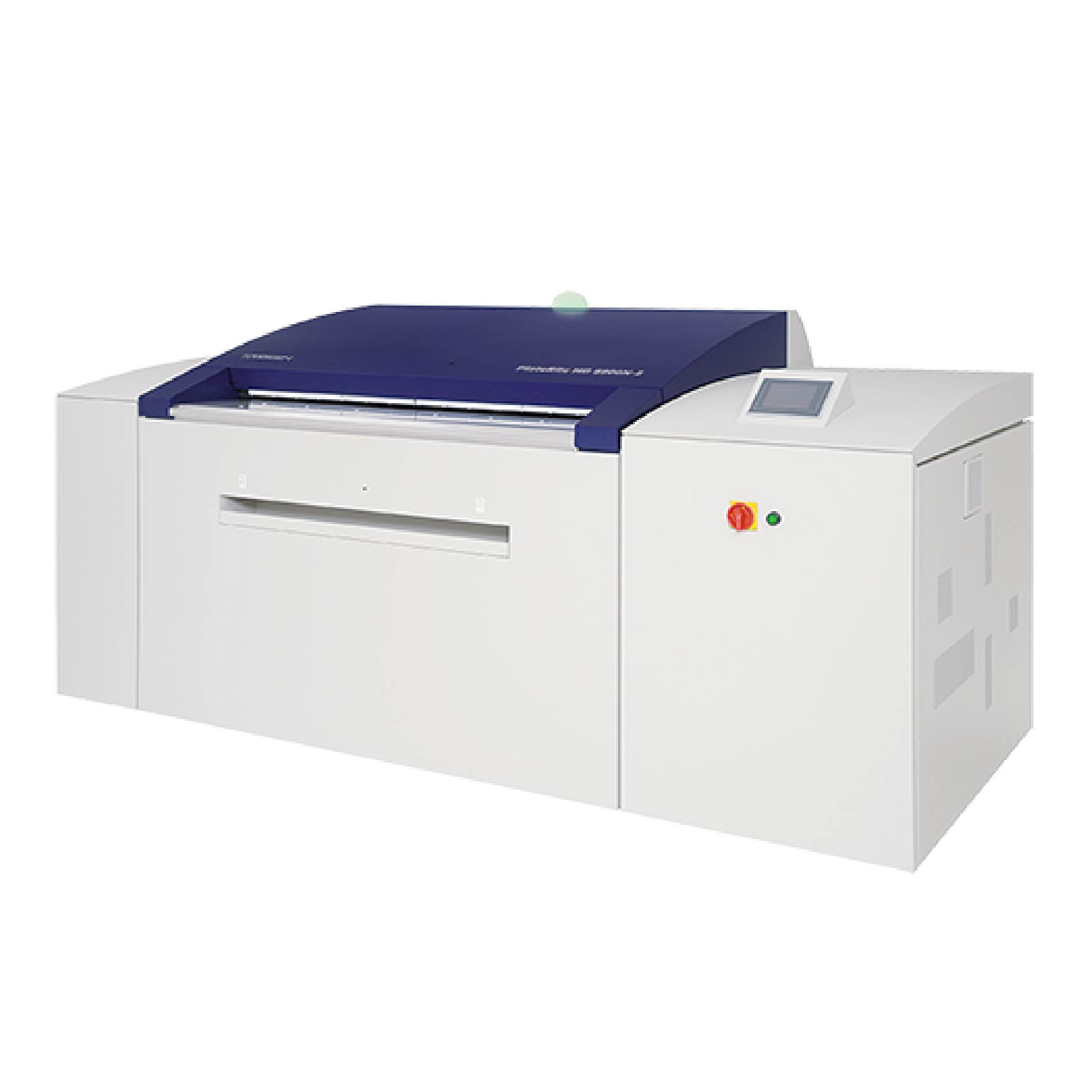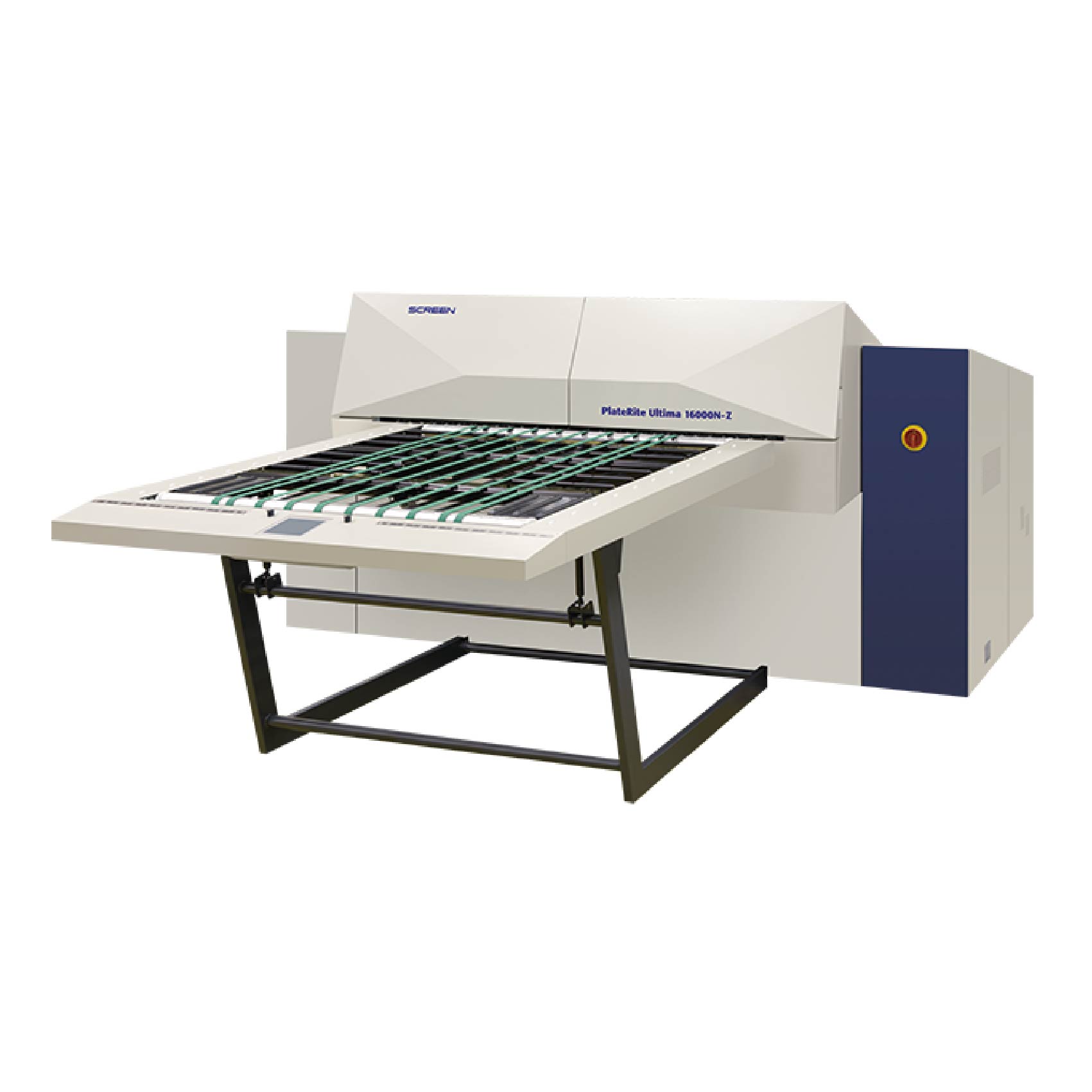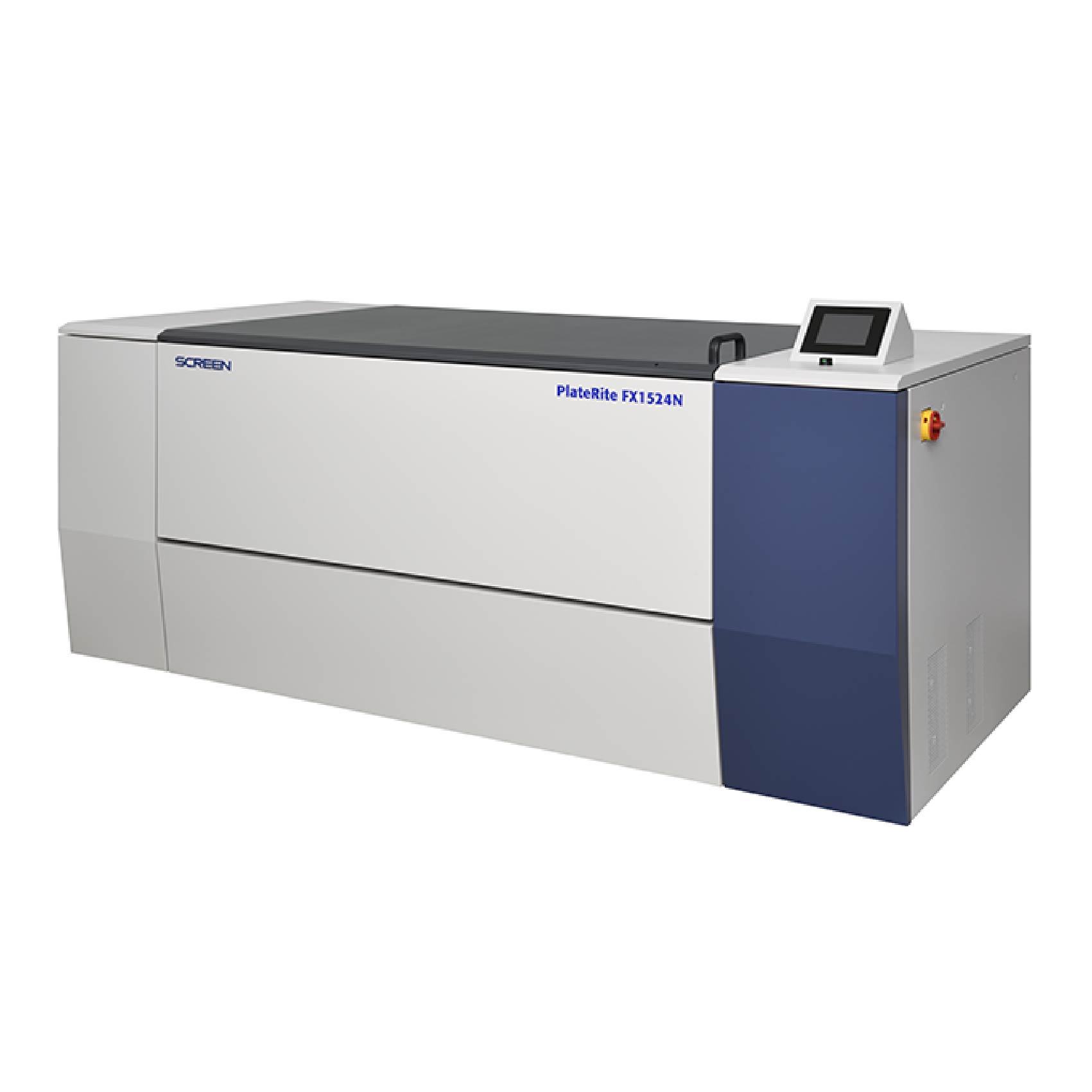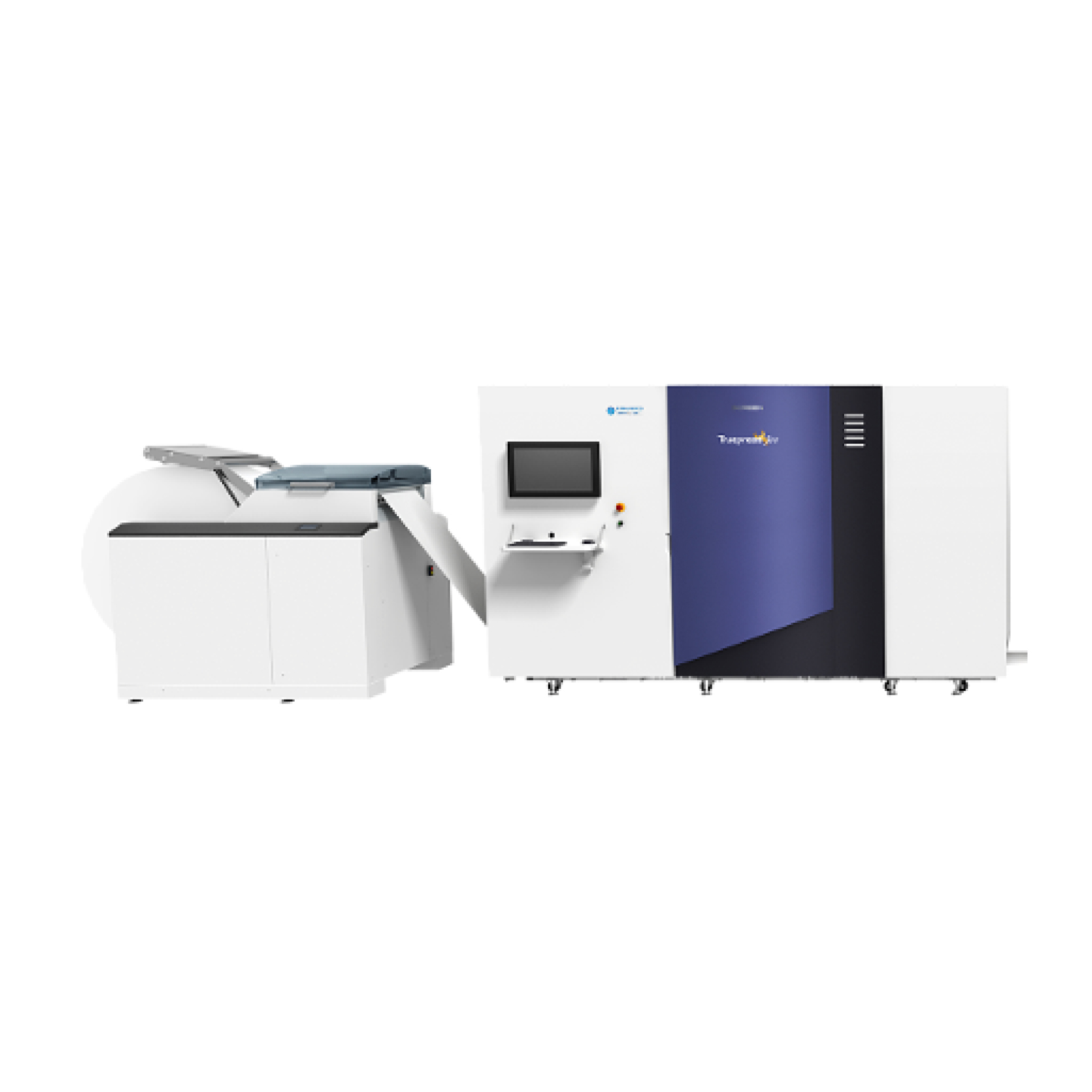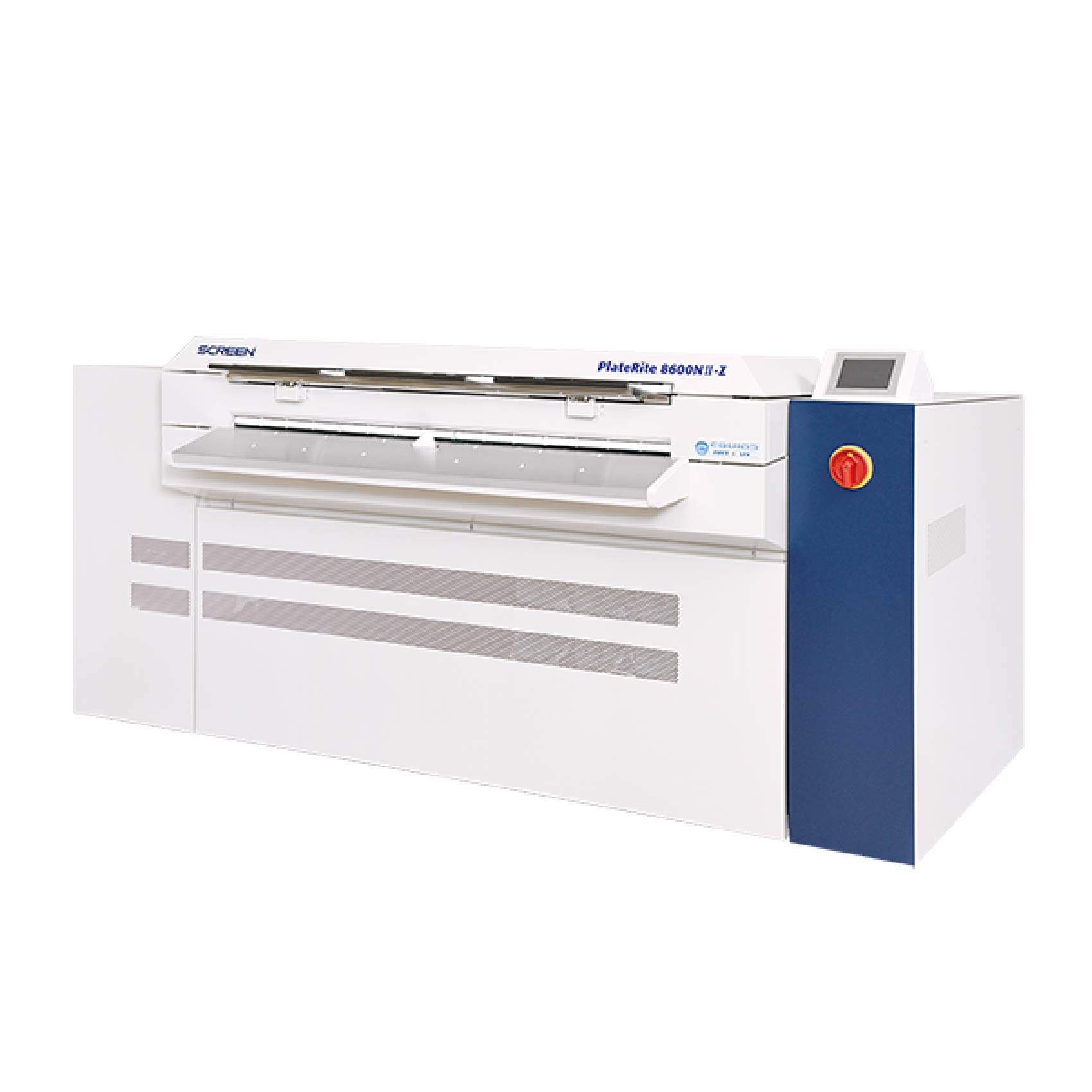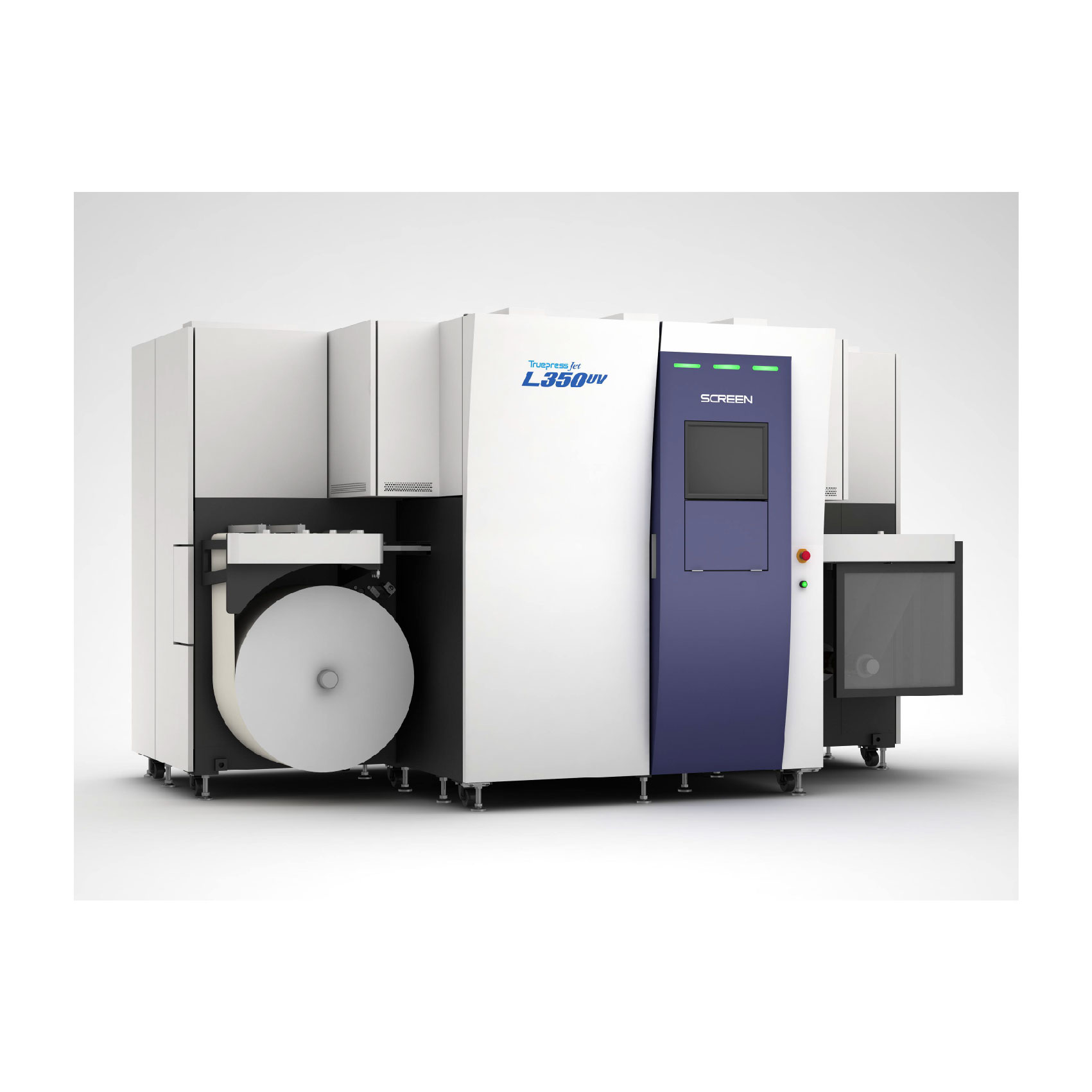機器介紹影片
- PlateRite FX870II / FX870IIE
The PlateRite FX series are high-quality, easy to use, reliable CtP recorders that offer optimal flexo/letterpress plate output for printing and prepress companies. They can image the black mask layer of resin plates directly, thereby eliminating the need for film and other intermediate processing. This results in more efficient operations, as well as more consistent output quality. What’s more, the PlateRite FX series units’ superior halftone dot reproduction ensures consistently high quality printing even in the highlight and shadow areas. The PlateRite FX870II and FX870IIE is the ideal flexo/letterpress CtP recorder for printing companies that already possess letterpress printing presses but want higher quality output, as well as for companies looking to improve the quality of the labels output from their intermittent letterpress printing presses, offset label printing presses, or flexo combination printing presses.• In their standard configuration, the PlateRite 870II / FX870ⅡE support a maximum output resolution of 4,800 dpi.
The PlateRite FX870II / FX870ⅡE eliminate many of the problems associated with platemaking using film, including image unevenness, problems caused by dust, and UV scattering. They also eliminate the many problems inherent in going from film to plate, such as misalignment of the film during platemaking and registration errors arising from stretching of the film. This helps ensure consistent plate quality and reduces the waste inherent in repeating plate output due to errors.
The light source used by the PlateRite FX units, a multi-channel laser diode, is the same type of laser as those used in Screen’s traditional offset CTP recorders. This proven, reliable, high-powered laser images the black mask layer of resin plates. In addition to enabling sharp imaging, the PlateRite FX units’ light source is both long-lived and inexpensive to operate.
- 4,800 dpi resolution for high-quality output
The PlateRite FX870II / FX870ⅡE offers a maximum output resolution of 4,800 dpi. This high resolution significantly reduces the incidence of problems common in low-resolution output, such as jaggies in diagonal lines and curves, and dramatically improves the repeatability of fine line reproduction. 4,800 dpi output also delivers smooth gradations, and almost completely eliminates unevenness, even in the highlight areas.
